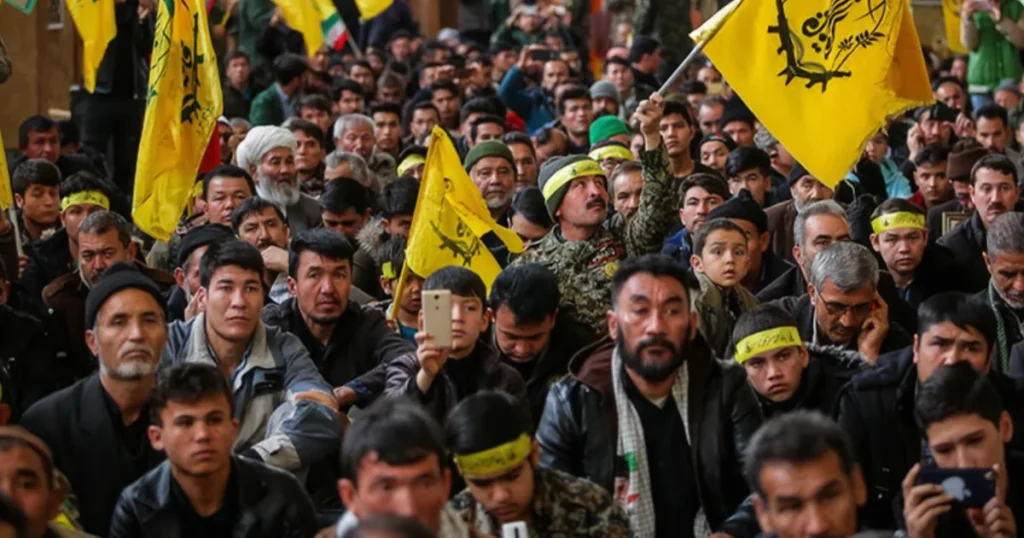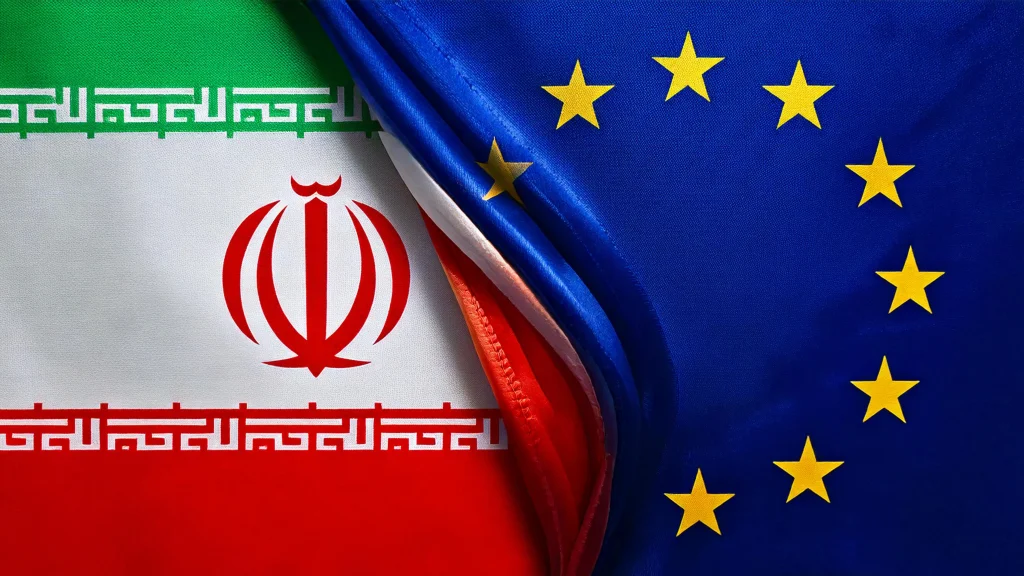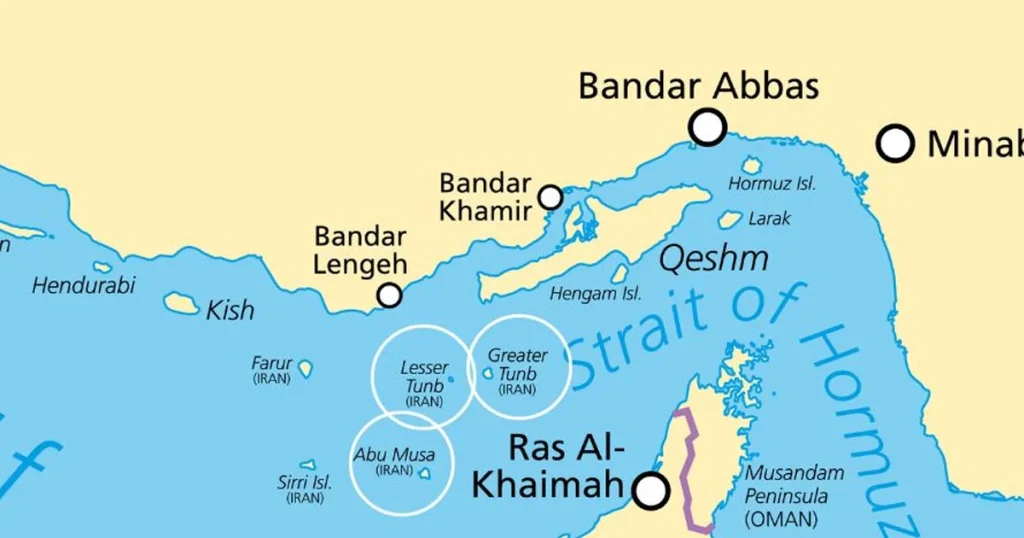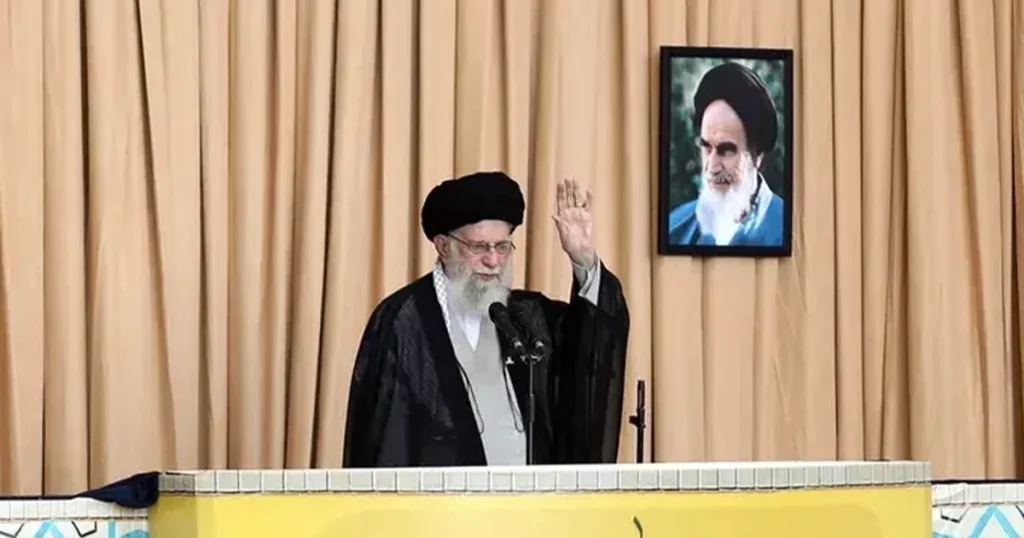The Islamic Republic, under the iron grip of the Islamic Revolutionary Guard Corps (IRGC), has long been known for its brutal tactics to maintain power and control over its populace. From political executions to systemic repression, the regime has shown little regard for human rights or the will of its people. In recent years, however, a new and deeply troubling strategy has come to light: a calculated effort to shift the demographic balance within the nation by importing young Afghan men of military age who share the regime’s values and ideology. This insidious plan, which can be viewed as a form of ethnic cleansing, aims to replace dissenting voices with a new population more loyal to the regime.
The demographic engineering being conducted by the Islamic Republic and the IRGC is not merely an act of desperation but a long-term project with potentially devastating consequences for the social fabric. By strategically importing and settling young Afghan men, often with promises of citizenship, financial incentives, and military training, the regime seeks to create a loyalist base that will support its oppressive policies and ensure its survival.
A Calculated Influx of Afghan Recruits
The IRGC’s recruitment of Afghan fighters is not a new phenomenon. During the Syrian Civil War, the IRGC established the Fatemiyoun Division, a paramilitary unit composed primarily of Afghan Shiite refugees. These recruits were enticed with promises of citizenship, substantial pay, and support for their families. Many were driven by desperation, fleeing war and poverty in Afghanistan. However, what began as a military tactic to bolster the Islamic Republic’s influence in the region has evolved into a broader strategy to alter the nation’s demographic landscape.
Reports suggest that thousands of Afghan men have been settled in various parts of the country, often in areas with significant ethnic Persian populations. This deliberate relocation aims to dilute the influence of ethnic Persians and other groups who may oppose the regime, replacing them with a more ideologically aligned population. The imported Afghans, indoctrinated with the regime’s hardline Shiite ideology and bound by economic dependence, are seen as a reliable force to counter any internal dissent.
Ethnic Cleansing by Stealth
The term “ethnic cleansing” conjures images of violent expulsion and mass atrocities. However, the IRGC’s approach is more insidious, operating under a veneer of humanitarian aid and refugee support. By resettling Afghan recruits within the nation, the regime is effectively engaging in a stealth form of ethnic cleansing. The aim is not to violently remove existing populations but to gradually outnumber and overshadow them with a new, loyal demographic.
This strategy serves multiple purposes. Firstly, it strengthens the regime’s control over the populace by ensuring a significant portion of the population is ideologically aligned and economically dependent on the state. Secondly, it undermines the cultural and ethnic identity of traditional communities, eroding the sense of national unity and making organized resistance more difficult. Finally, it provides the IRGC with a ready pool of recruits who can be mobilized to suppress any uprisings or protests against the regime.
The Human Cost of Demographic Manipulation
The human cost of this demographic manipulation is immense. Citizens, already suffering under economic hardship and political repression, now face the additional threat of being marginalized in their own country. Communities that have existed for centuries are being disrupted, with cultural and social bonds frayed by the influx of newcomers who, through no fault of their own, are being used as tools of the regime’s oppressive policies.
Moreover, the Afghan recruits themselves are victims of this cynical strategy. Promised a better life, they find themselves thrust into a volatile environment where they are resented by local populations and used as pawns in a political game. Many of these young men, often escaping dire circumstances in Afghanistan, are exploited by the IRGC, coerced into military service, and subjected to harsh conditions.
A Call to Action
The international community cannot turn a blind eye to this slow-motion demographic engineering. It is imperative to recognize the Islamic Republic’s actions for what they are: a calculated attempt to secure its power by manipulating the demographic composition of the country. This strategy, if left unchecked, will not only exacerbate internal tensions but also pose a broader threat to regional stability.
Human rights organizations, international bodies, and governments must hold the Islamic Republic accountable for its actions. This includes imposing sanctions on those responsible for orchestrating this demographic manipulation, providing support to civil society groups resisting the regime’s policies, and ensuring that Afghan refugees are protected and not exploited as tools of oppression.
Conclusion
The Islamic Republic’s efforts to import and settle young Afghan men to shift the country’s demographic balance is a stark reminder of the regime’s willingness to employ any means necessary to maintain its grip on power. This strategy of demographic engineering is not just a political maneuver but an egregious violation of human rights and an assault on the cultural and social fabric of the nation. It is a long-term project that, if not challenged, will have profound and lasting consequences for the country and the broader region.
The world must take a stand against this insidious form of ethnic cleansing and support the people’s struggle for freedom and justice. As part of this effort, the European Union and the United Kingdom should unequivocally proscribe the IRGC in its entirety as a terrorist organization. Such a designation would not only send a strong message against the regime’s oppressive tactics but also help curb its capacity to continue its malign activities both domestically and internationally. The time for decisive action is now.






